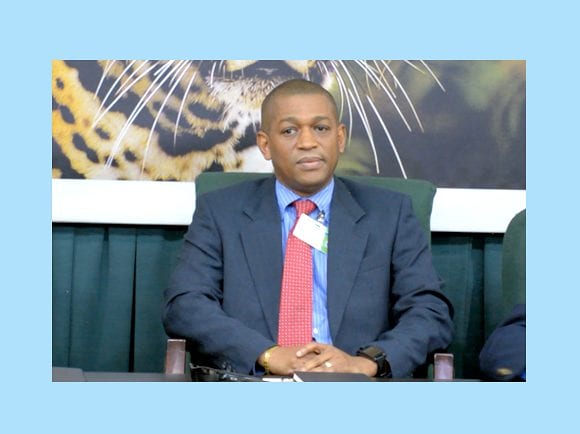While the terms of the Production Sharing Agreement (PSA) Guyana has with ExxonMobil for its Stabroek acreage remain in the spotlight, the head of the country’s Department of Energy (DE) says that government’s take in basins that are not derisked is likely to be less than it would be in proven basins, alluding to the period leading up to the signing of the 1999 PSA. Nevertheless, he said in future licensing the country’s take would be “much greater than it currently is.”
Scores of wells were drilled over the years in the basin, including onshore, with each one coming up dry. Interventions by both Venezuela and Suriname, due to claims on Guyana’s territory, saw exploration vessels being forcefully blocked from carrying out work. These factors created a high degree of financial as well as safety risks in the new frontier.
“Everyone recognizes that if a basin has not been de-risked, investors are more reluctant to be there. So, government take is likely to be lower in a basin that’s not de-risked as opposed to a basin that has been de-risked,” DE Director, Dr. Mark Bynoe said in an interview published on July 16 by Bnamericas. He was responding to a question on how the agency intends to strike a balance between investor needs and benefits for the Guyanese people.
Some argue that while the country had no knowledge that there was oil offshore when the agreement was initially signed in 1999, by 2016 when it was revised, ExxonMobil had already discovered 800 million to 1.4 billion barrels of oil and therefore Guyana should have pushed for a greater take.
Doug McGehee, Geoscience Upstream Manager at ExxonMobil Guyana, reminded in a recent interview with OilNOW that coming out of that first discovery at the Liza field in 2015, the company hit a dry hole at skipjack just before it went back to the table with Guyana authorities to revise the PSA in 2016.
“In our negotiation with the Government, they wanted some more. So, in addition to getting half of the profit oil which was part of the agreement to start with…they negotiated a 2 percent royalty on top of that and the 18 million signing bonus,” McGehee said.
“One of the measures we’re taking is to revise our production sharing agreement and our production sharing contracts so that in any future licensing round the take to the country will be much greater than it currently is,” Dr. Bynoe told Bnamericas.
Since 2015, ExxonMobil has made a record 13 discoveries on the Stabroek Block amounting to more than 5.5 billion barrels of oil.
“Because you’re moving from a position of knowledge, you have significantly more information, and you’re able to now position yourself knowing that there’s greater interest in Guyana to ensure that there’s a greater balance between the investor and the government and people in the area,” Dr Bynoe said.
Norway-based Rystad Energy has said that while “in the grand scheme of things” Guyana’s take might appear to be a low number it must be taken into consideration that it is a frontier region and when compared to other offshore regions that are in a similar state of maturity, Guyana falls in the middle.




